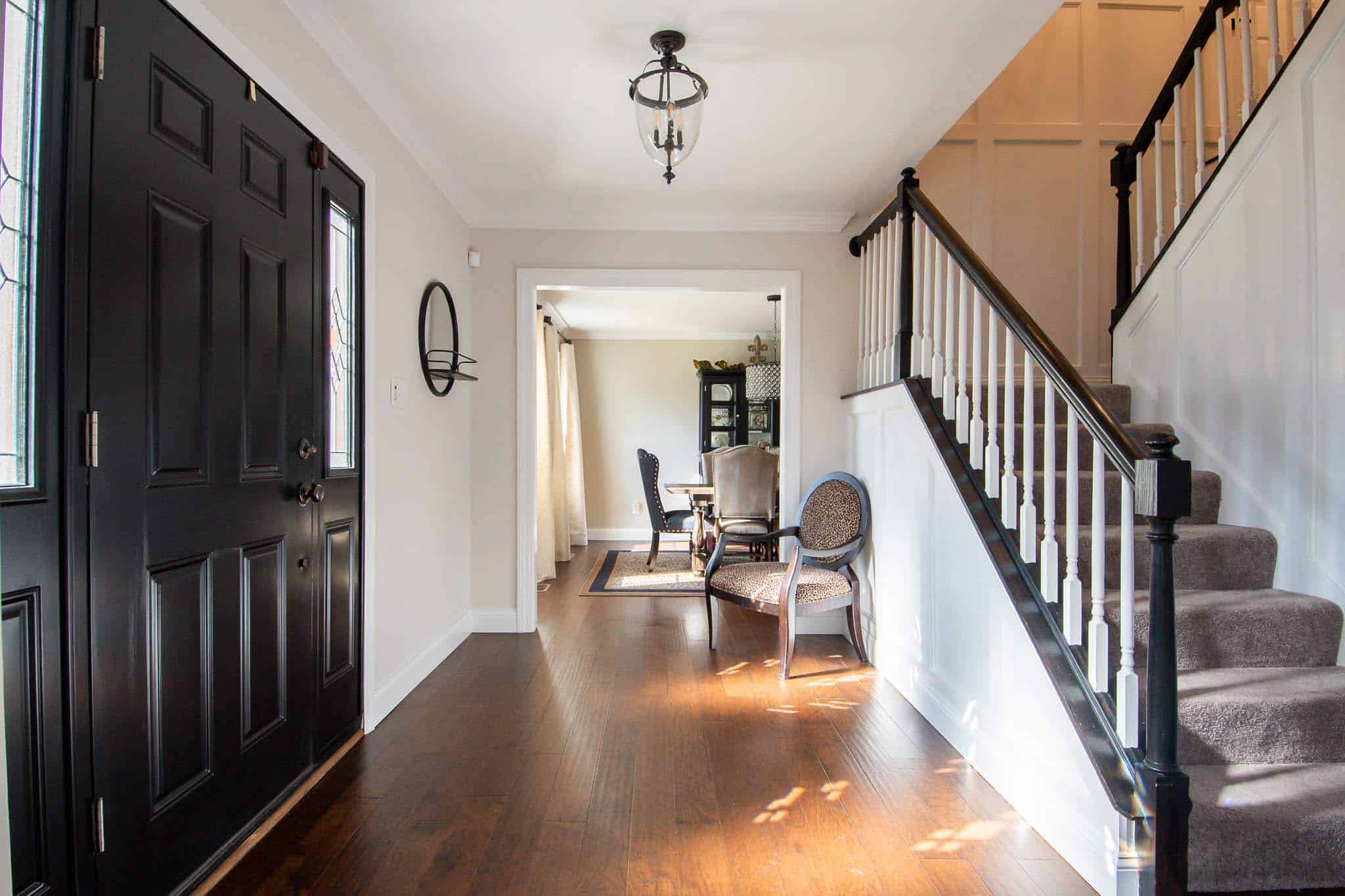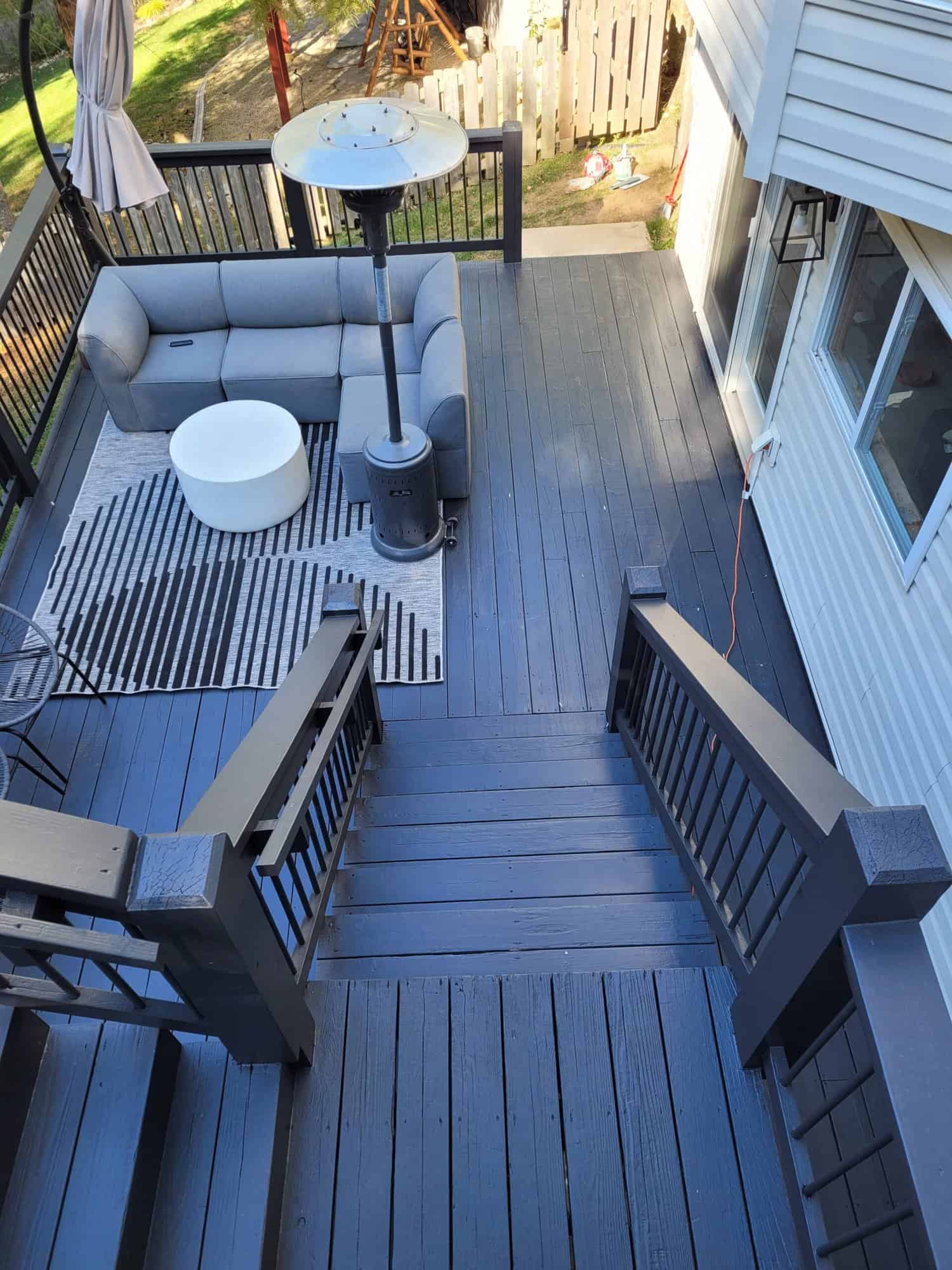Choosing the right exterior color palette for your home is a significant decision that can enhance its curb appeal, increase its value, and reflect your personal style. With a multitude of colors to choose from, it often feels overwhelming. This guide aims to simplify the process by providing expert insights and practical tips on selecting an exterior color scheme that harmonizes with your surroundings and meets your aesthetic desires.
What is an Exterior Color Palette?
An exterior color palette refers to the combination of colors used on the St. Louis painters outside surfaces of a building. These colors typically include:
- Siding: The main surface material of your home. Trim: The contrasting color around windows, doors, and eaves. Accents: Additional colors used to highlight architectural features or landscaping.
Understanding the elements that make up your exterior color palette is crucial in creating a cohesive look for your home.
The Importance of Choosing the Right Colors
Why does choosing the right exterior colors matter? Here are several reasons:
First Impressions Count: Your home's exterior is the first thing visitors see, so you want it to make a good impression. Curb Appeal: A well-chosen color palette can significantly enhance curb appeal, making your home stand out in the neighborhood. Property Value: A visually appealing home can increase its market value if you decide to sell. Personal Satisfaction: Ultimately, you want a home that reflects your style and makes you feel comfortable and happy.Factors to Consider When Choosing Exterior Colors
1. Architectural Style
What architectural style does your house embody? Different styles lend themselves to different color palettes. For instance:
- Traditional Homes: Often benefit from classic neutrals or muted tones. Modern Architecture: May embrace bold colors and stark contrasts. Colonial Styles: Typically use softer hues paired with white trim.
2. Neighborhood Context
How do neighboring homes look? While standing out is important, you also want to ensure that your home complements the surrounding environment. Take cues from nearby houses when selecting colors.
3. Landscaping Elements
Consider how your landscaping interacts with your chosen colors. Bright flowers might pop against darker siding, while earthy tones could blend seamlessly with green foliage.
4. Natural Light Conditions
Does your house get plenty of sunlight? Colors can appear differently under various light conditions. Test paint samples at different times of day to see how they change.
5. Seasonal Changes
Will your chosen colors hold up year-round? Some shades look great in summer but may not fare well during winter months when skies are gray.
Expert Tips on Choosing the Right Exterior Color Palette
When it comes down to selecting an exterior color palette, consider these expert tips:
1. Start with One Dominant Color
Choose a primary color for your siding; this will set the tone for everything else in your palette. It should resonate with both personal taste and environmental harmony.
2. Choose Complementary Trim Colors
Select trim colors that contrast yet complement the main hue—think whites or darker shades for added depth.
3. Incorporate Accent Colors Wisely
Accent colors can be used sparingly on doors or shutters to create focal points without overwhelming the overall scheme.
4. Use Color Samples Generously
Purchase sample pots of paint and apply them onto larger swatches on different sides of the house to visualize how they interact with natural light throughout the day.
5. Consider Long-Term Appeal
Choose timeless hues over trendy ones unless you're prepared for frequent repainting as trends change.
Visualizing Your Choices: Tools and Resources
To help visualize various combinations, consider using online tools like:
- Virtual paint simulators Mobile apps designed for homeowners Pinterest boards for inspiration
Common Mistakes Homeowners Make When Selecting Colors
While choosing an exterior color palette seems straightforward, many homeowners fall into common traps:
1. Ignoring Architectural Features
Failing to highlight or downplay certain architectural elements can lead to discordance in design aesthetics.
2. Rushing Decisions
Taking insufficient time when selecting paint colors often results in regret down the line; don’t rush this important choice!
3. Overcomplicating Palettes
Less is often more! An overly complicated palette can confuse rather than enhance curb appeal—stick with three distinct shades at most!

How Professional Painters Can Help You Decide?
Consulting professional painters or painting contractors can provide invaluable insight into what works best for your specific situation:

- They understand local trends. They may have experience with similar projects. Their knowledge about products ensures durability and longevity.
Always consider hiring reputable painting companies if needed; their expertise will save time—and potentially money—in avoiding costly mistakes!
FAQs About Choosing Exterior Color Palettes
FAQ 1: What are some popular exterior color trends?
Some popular trends include greige (a blend of gray and beige), deep navy blue paired with crisp white trim, soft pastels like mint green, or even bold hues like charcoal black—each presenting unique opportunities!
FAQ 2: How do I know if my chosen colors will age well?
Opt for high-quality paints designed specifically for exteriors—they tend to resist fading better than others! Consulting professional painters will also give you peace of mind regarding longevity based on their recommendations!
FAQ 3: Should I match my interior colors with exterior ones?
While there’s no strict rule against matching interiors/exteriors harmoniously—many homeowners prefer contrasting palettes between spaces! This allows flexibility while maintaining a cohesive feel throughout their property upon entry/exit points!

FAQ 4: Is there any significance behind particular colors?
Yes! Certain hues evoke distinct emotions or feelings; blue often symbolizes tranquility while red brings warmth—consider these psychological effects when deciding which shade suits best!
FAQ 5: How frequently should I repaint my home’s exterior?
Generally speaking every five-to-ten years depending upon climate factors & quality choices made initially! Regular maintenance & touch-ups play key roles too!
Conclusion
Choosing an appropriate exterior color palette is essential in making sure that not only does it reflect personal style but also stands up against environmental factors effectively! By considering all relevant aspects such as architecture context & natural lighting conditions alongside expert advice from experienced painters/contractors—you’ll undoubtedly find success within this vital decision-making process! Always remember that thorough research combined with creativity leads towards achieving stunning results; enjoy transforming one’s humble abode into something truly extraordinary!
Whether you’re just beginning this journey or seeking specific guidance along the way—remember our "Expert Tips on Choosing the Right Exterior Color Palette" serve as both starting points & reminders alike throughout each step taken forward towards realizing visions brought forth through beautiful paintwork done right!